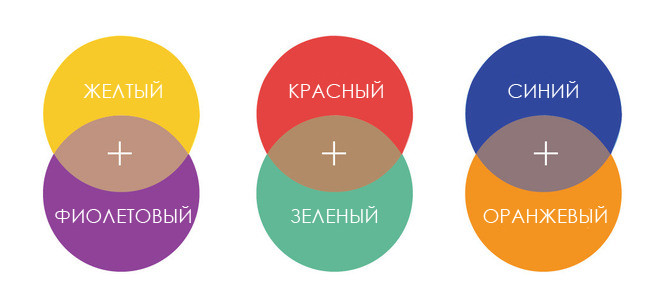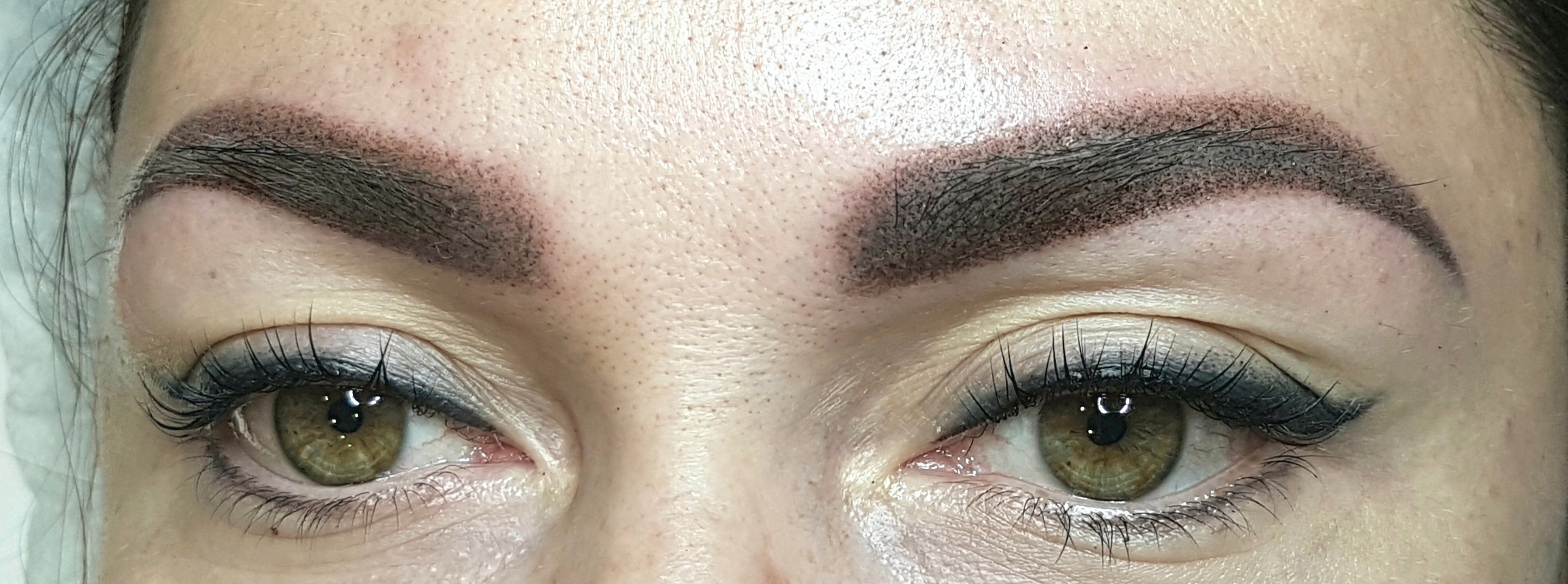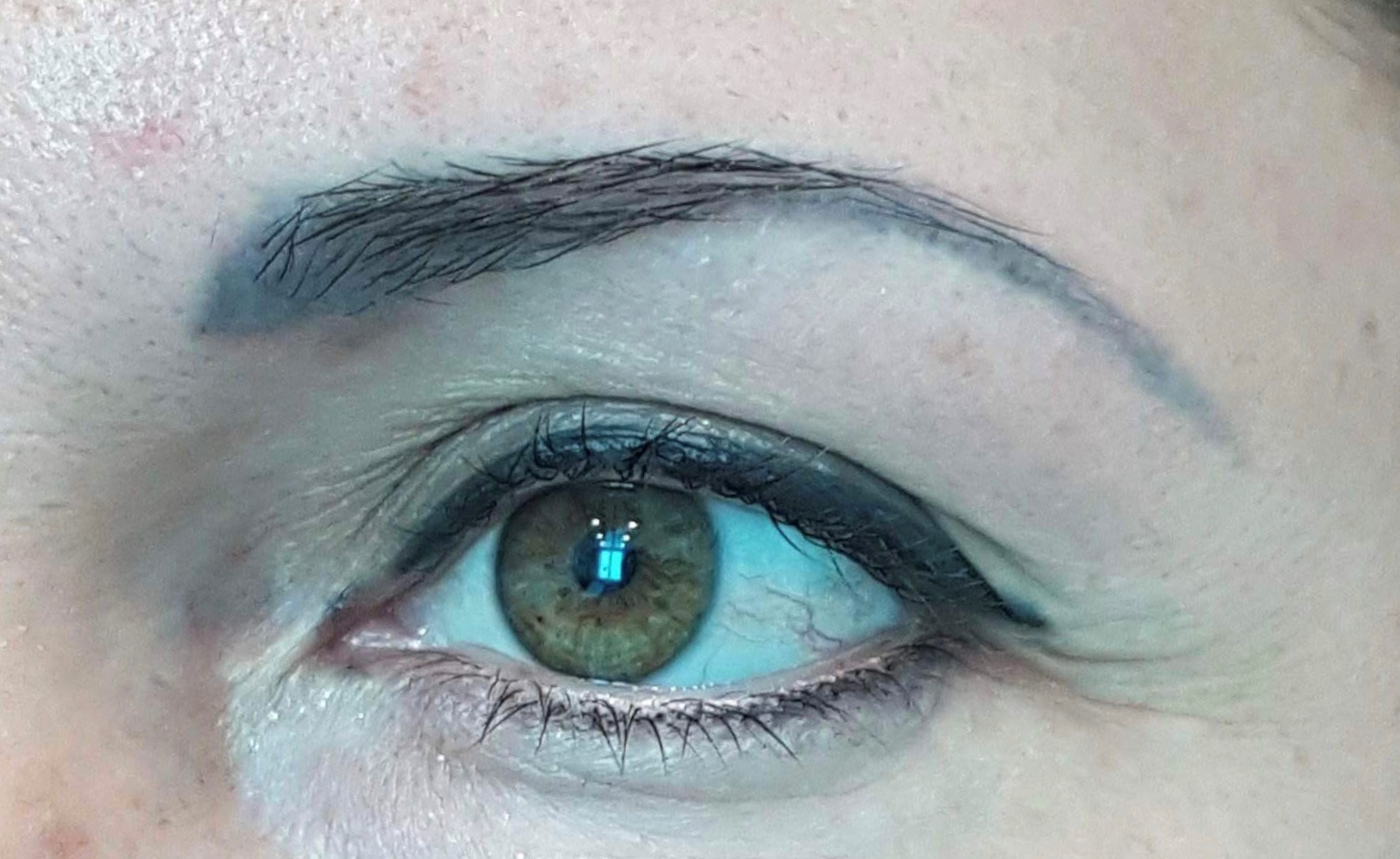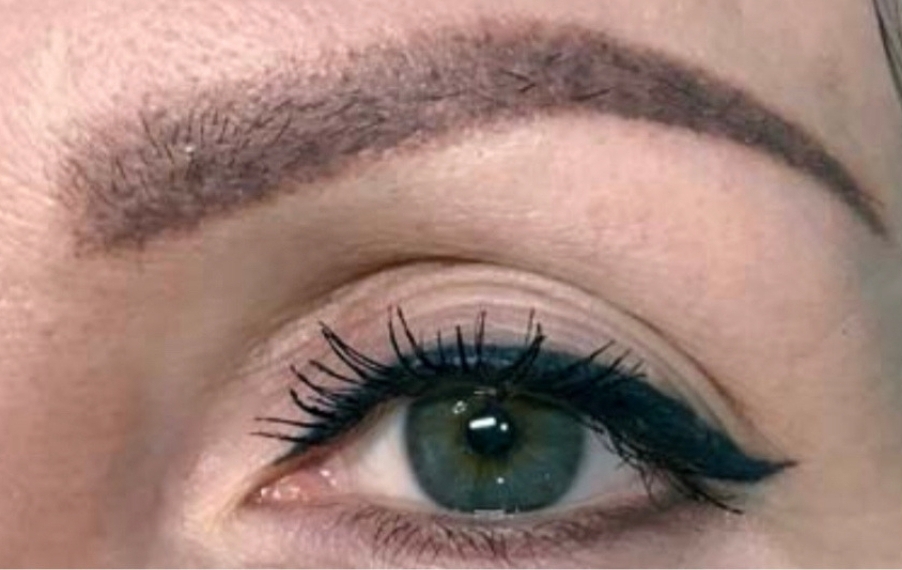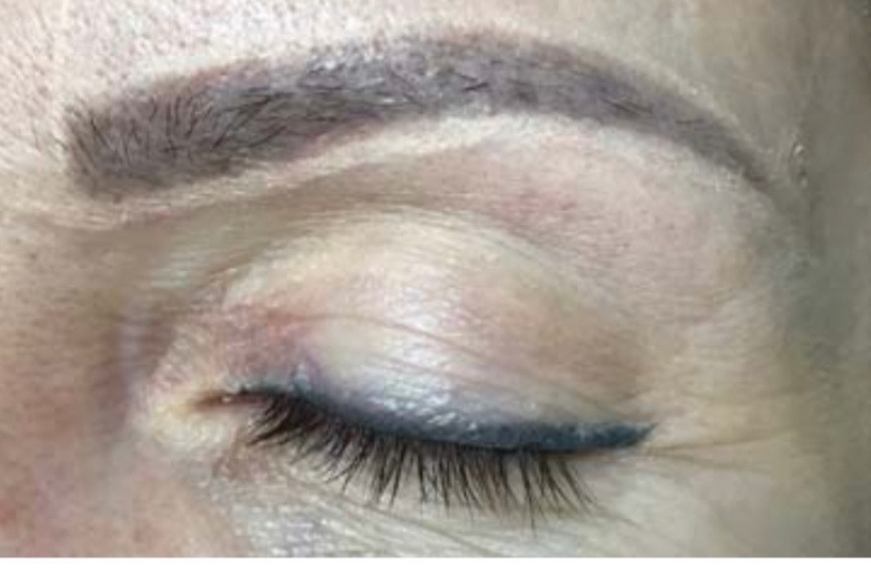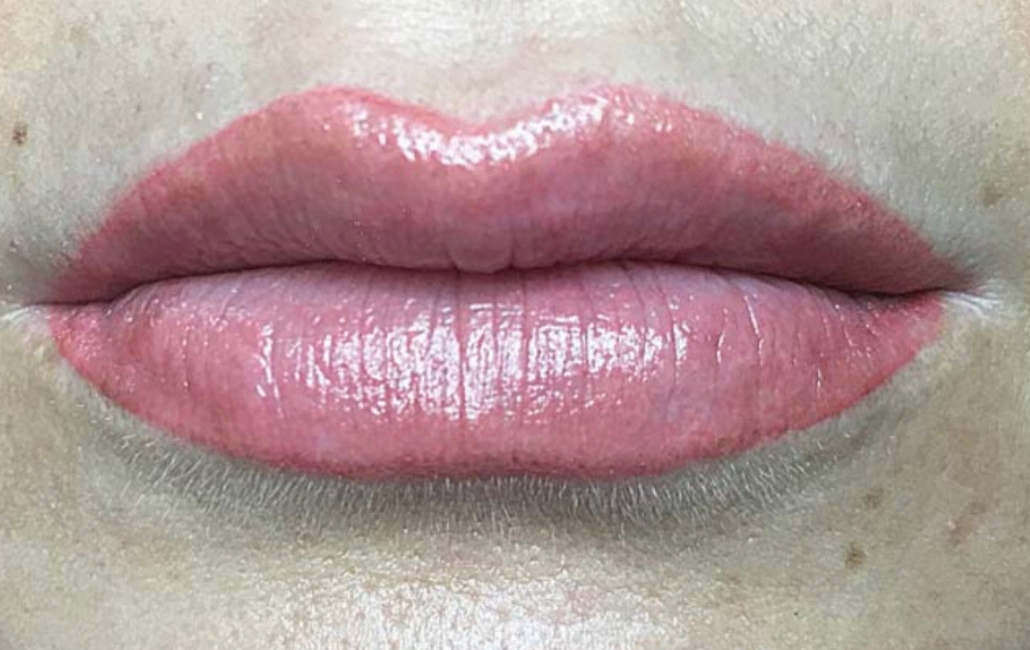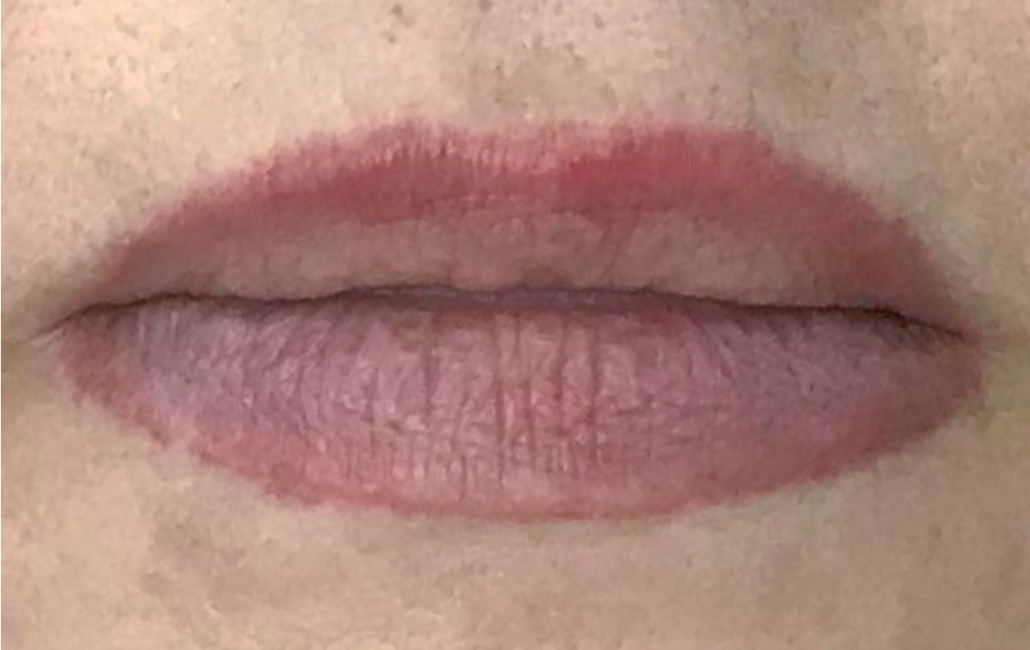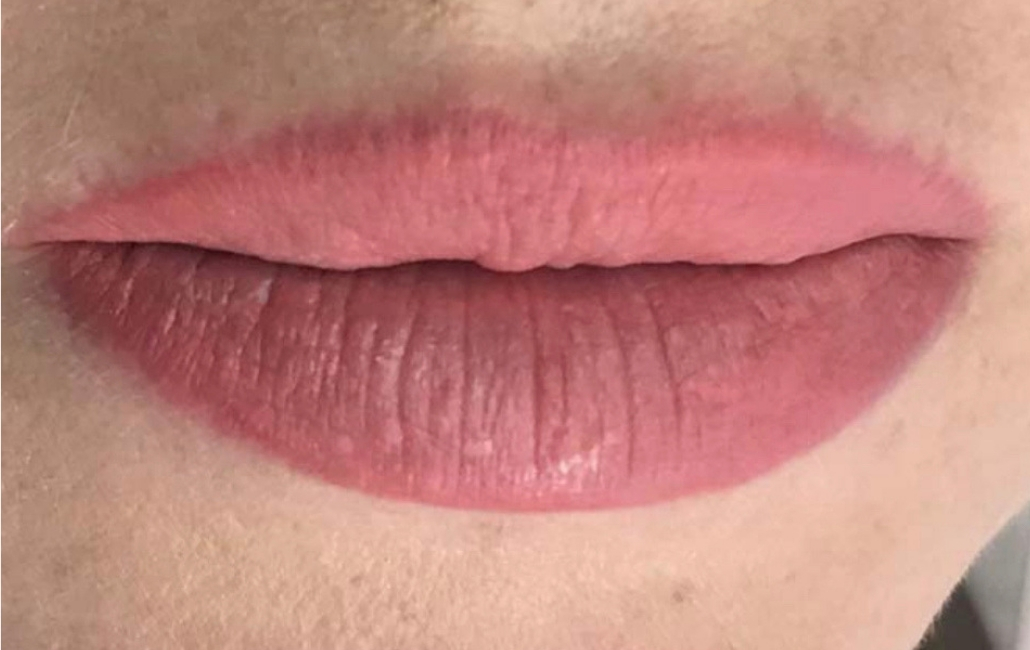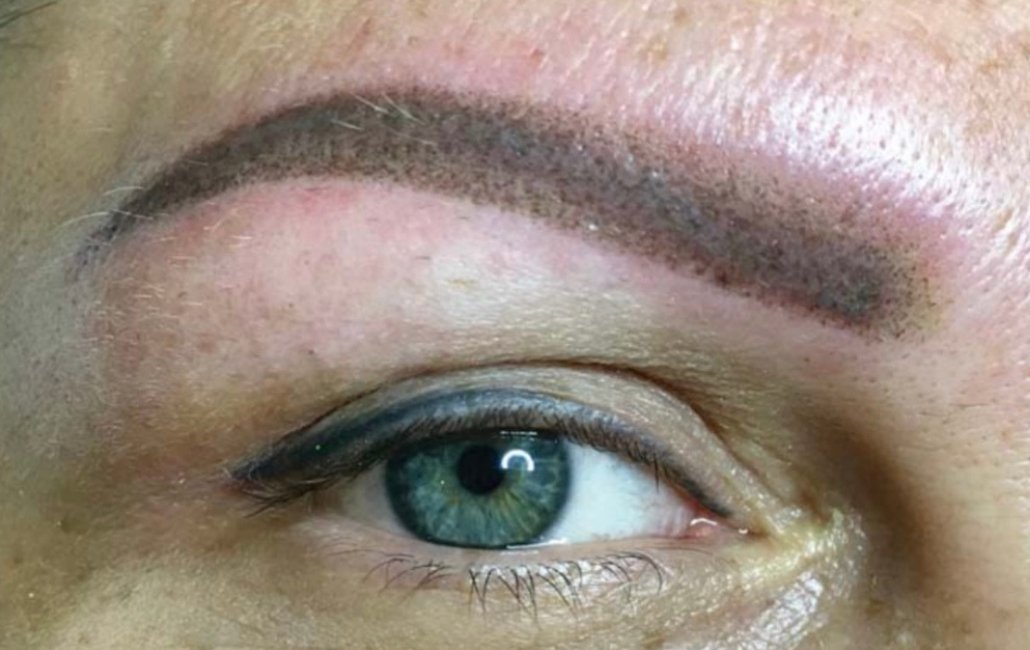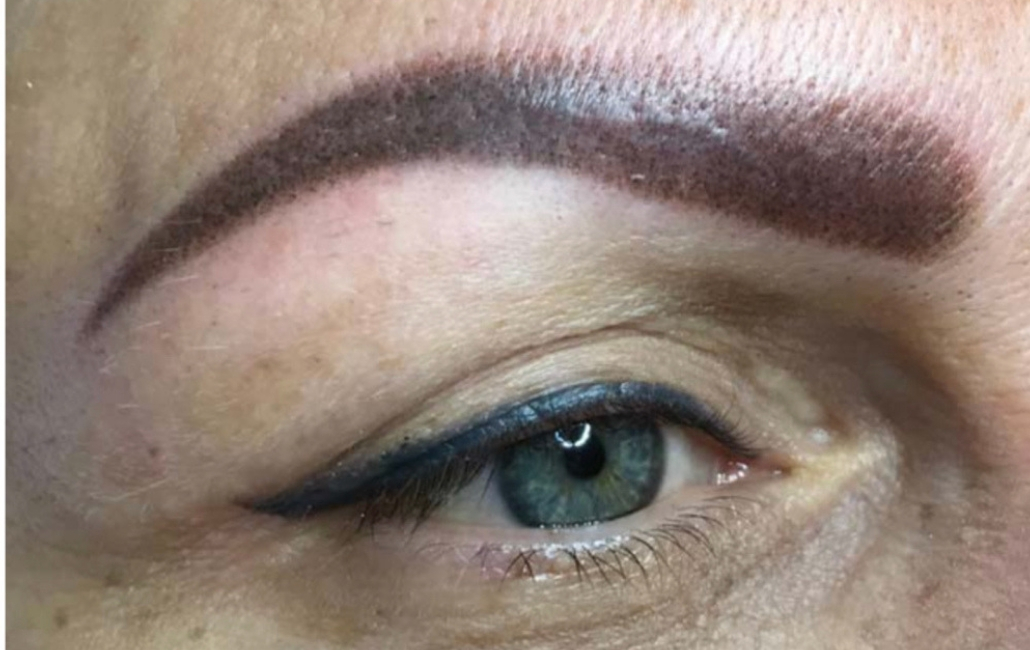Permanent Makeup Correction: Overlay Instructions
What do you need to know?

Correcting permanent makeup is a difficult task even for experienced masters. To do this work qualitatively, it is necessary to understand the characteristics of the skin, pigments and many other details.
Valeria Sadakh , licensed trainer and representative of iColor Academy, international master, head of the IMAGE PM school studio (Kyiv), entered the top 10 beauty masters of Ukraine according to the Stella International Beauty Awards (2017, 2018), judge of PM championships, member association KSSK, lecturer and expert on laser removal
In the first part of the article, we discussed why the color change occurs and in which case it makes no sense to overlap a permanent. In the continuation of the material, the author gives important recommendations for color neutralization.
Color neutralization
So that you can accurately navigate in corrector colors, I suggest remembering a very simple scheme: if opposite colors are superimposed on each other in Itten's primary and secondary circles, they neutralize each other.
So,
- eyebrows with a purple tint neutralize pigment with a high content of yellow;
- reddish eyebrows - pigment based on olive;
- gray or blue - a pigment containing orange / bronze;
For cold and aging lips, I advise you to use pigments containing peach, tangerine (very warm shades).
How to change the shape of an existing tattoo, add volume?
I recommend fixing a sketch of a new shape without going over the old tattoo, then neutralize the existing color with a corrector and type in a new shape so that the work looks harmonious, without obvious color separations between the new shade and the corrector.
Photo: before the procedure and healed result
Each job is different and you will have to make your own decisions about overlapping tactics. In cases where the form suits the client and she does not need additional saturation, it is enough to work only with a corrector (for blondes). 2-3 passes with a neutralizing pigment and the overlay is ready. After healing, be sure to listen to the client's wishes about the need for further color correction (whether saturation is required or the result is satisfactory).
For dark-haired clients, one neutralization is not enough and saturation needs to be added. In this case, you can consciously choose a darker pigment on the basis of the corrective shade, so as not to make a large number of passes and do not injure the skin once again.
Photo: before the procedure and healed result
Important recommendations
To neutralize one color with another, it is necessary to take shades of the same saturation.
It is necessary to lay pigments in color correction in layers, achieving a visual result locally, according to the old tattoo, in 2-3 passes.
If the selected pigment is too saturated, dilute it with a lighter shade and type so that the work looks harmonious and there are no sharp changes in color.
It is necessary to wait for the result, and add the necessary saturation and decorativeness to the correction.
Do not cover the existing tattoo with the colors of the skin palette. Do not camouflage and do not try to get pigment into clean skin, this is unrealistic. And remember that any overlap is a temporary result.
Author's works: before the procedure and the healed result
I wish you beautiful work!
Sincerely yours, Valeria Sadakh
The material was first published in Permanent No. 4(12)/2018
Read also
- Skin properties and color types, or why color is so important in a permanent
- "Pitfalls" of PM and how to avoid them for a novice master
- The cost of the service, or How to determine the price of permanent makeup
- Oily skin and permanent makeup: acceptable techniques
- Permanent Makeup Removal: When is a laser preferred?
- Complex permanent make-up: master's difficulties and client's fears
- It cannot be corrected: when does permanent makeup need to be removed?
- Shot
- Permanent makeup
